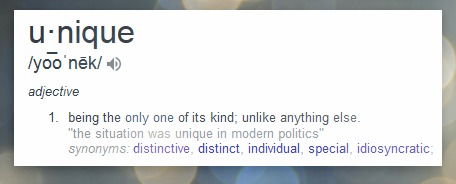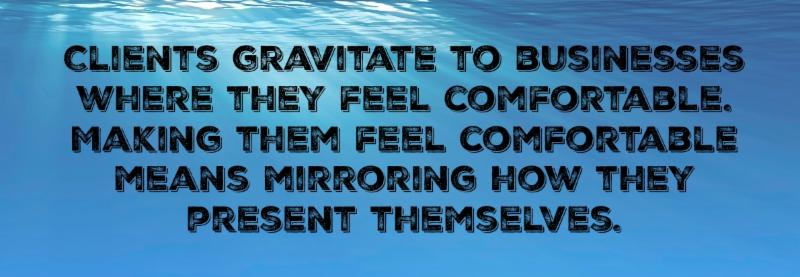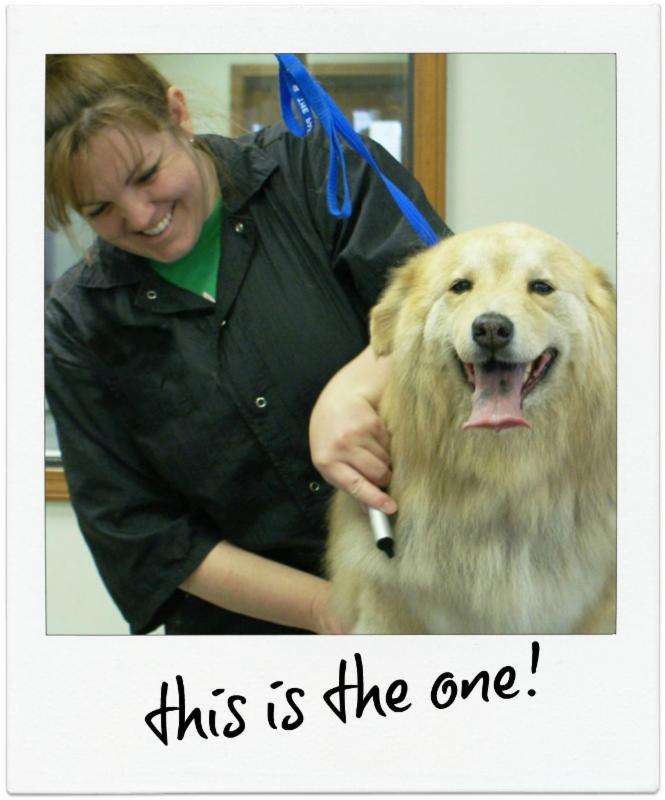
Unfortunately, there isn’t an easy rule for solving the problems of tardy or no-show clients. The good news is that you have lots of options to help deal with it. Depending on how busy you are, cancellations can either be a blessing or a curse. In either case, if you have a client who is chronically dismissive or disrespectful of your time, you need to be proactive and correct the problem.
Our kennel, Whiskers Resort and Pet Spa, experienced 68 reservation cancellations over the 4th of July holiday. During the summer months, Whiskers runs at over 100% occupancy rate with its 180 rooms. During peak holidays such as Thanksgiving, Christmas, New Year’s, and Spring Break, Whiskers charges a $50 deposit for all reservations. This deposit is nonrefundable if the cancellation takes place two weeks prior to their check-in date. In the past, the deposit has not been charged for Memorial Day, the Fourth of July, or Labor Day. That will be changing.
For years we’ve tracked grooming appointment cancellations at The Paragon School of Pet Grooming. Despite our continual efforts to knock the rate down, its remains a persistent 10%.

In the pet grooming industry, time is money. Clients who are chronically tardy or don’t show up for their appointments create havoc for both your schedule and your pocketbook.
It’s frustrating.
It’s disrespectful.
It’s rude.
(However, if you are overbooked, it can also be a blessing.)
There is no perfect solution for this problem. Everyone has a slightly different take on this situation. Some salons run on a very tight schedule while others are more relaxed. And let’s face it, there are times when the client has a legitimate excuse. So, what do you do?
8 Ways to deal with Tardy and No-show Clients.
- Call or text to confirm the day ahead. Sometimes clients just need is a gentle reminder to avoid a scheduling conflict.
- Breathe. For some pet stylists, having a cancellation is not a big deal. It doesn’t happen that often. The clients are well-trained and respectful of their appointments and time. In some cases, it might even be a relief.
- Overbook. Service businesses do this all the time to ensure they are full. The key here is to have a variety of pets on the books. If there are a few easy jobs sprinkled between the more difficult ones, you will get through your day, even if your cancellation rate is below the 10% mark.
- If they are 10 or 15 minutes late – call them. If they can make it into the salon within a few minutes, keep the appointment. It’s easier than trying to refill it – unless you don’t want to! If you opt not to honor their appointment, rebook them for another time. Don’t wait 30 or more minutes and then explode when they walk in the door expecting to keep their appointment. It’s better to make the call right away and know what your next step should be. This method offers you more control over the situation. With some clients, you need to personally point out why it’s important for you and/or your team to have set appointment times. This can be done in a friendly – yet firm – professional manner. This tactic also works well with non-chronic cancellations.
- Have a 3 Strike Rule. Some people are just forgetful. Others are just plain disrespectful. Others are downright rude. If the client will not respect your time, you don’t have to continue to put up with it. Occasionally, there are solid reasons why someone misses an appointment. Life happens. The 3 Strike Rule covers clients who are chronically late or don’t show up for their appointments. If you’re going to set up a 3 Strike Rule, what are the consequences? Do you refuse to groom the dog in the future? Charge a cancellation fee? Do you have a client prepay a nonrefundable amount for the scheduled next appointment? If you make a rule, there must be consequences. Make a policy, then consistently stick with it.
- If the client cancels, fails to show up, or is tardy beyond being able to groom them at their appointed time, reschedule them. Don’t do them a favor by squeezing them in the next day or two. Push them out at least two weeks. I’ve known many stylists that are so busy they have NO flexibility left in their schedules. If a client misses today’s appointment they can’t get another one until their next pre-scheduled appointment. This works exceptionally well for stylists that are booked out weeks, months, or even a year in advance. It can be a hard lesson for the client but it is generally very effective. Rarely do they miss another appointment.
- For clients who are chronically tardy or don’t show up, charge a late or no-show fee. You won’t always get it, but if they book another appointment, you can tack it on to their next grooming fee. You could also consider raising their base price to include an inconvenience fee.
- If you have a client who simply cannot adhere to a schedule or does not respect your time, have them prepay prior to their grooming appointment. This should be a nonrefundable amount. After all, your time is valuable and it’s worth money. If they cancel, you can’t get your time back nor the money you would have earned if they had kept their appointment.
 Are there exceptions to your rules? Absolutely.
Are there exceptions to your rules? Absolutely.
If you don’t already track how many cancellations you have each day and each week – start tracking it. Find out what your cancellation average is per day. Once you know the number, you can be proactive in correcting the problem.
Another way to look at it is from a dollar standpoint. At Paragon, our average cancellation rate is 10%. If you apply the 10% rate to your situation and you do 20 dogs a day at $50, that starts to add up! That translates into losing two dogs or $100 every day! Times that by five days a week and you’re at $500 of lost revenue. To me, it’s worth taking the time to simply call and remind people of their upcoming appointment the day before!
We are in the business of building positive relationships with our customers, both the two-legged and four-legged variety. Your personality and the type of relationship with your clients dictates how firmly you adhere to the demands on your time. Remember, these customers not only affect you and your time, they ultimately affect your schedule and your other clients. You need to be warm, caring, and maintain your professionalism.
Just because you are warm and caring does not mean you can’t set rules and boundaries. Remember, you can still provide great customer service and have a mutually respectful relationship that benefits both you and your client.
Happy trimming!
Melissa
 How do you deal with this issue? Jump on the Learn2GroomDogs.com Facebook page and tell us what works for you.
How do you deal with this issue? Jump on the Learn2GroomDogs.com Facebook page and tell us what works for you.










 Setbacks.
Setbacks.
 from happening? How do you keep your job fresh? Fun? Rewarding?
from happening? How do you keep your job fresh? Fun? Rewarding? Here is the rating scale I’ve used to rate a dog’s (or cat’s) personality.
Here is the rating scale I’ve used to rate a dog’s (or cat’s) personality. This one can be a little tricky. If they are just mildly annoying, deal with it professionally but don’t put any more effort into the client than needed to keep them at bay. If they are rude and nasty, most likely they are just that way all the time – that’s how they go through life. I would do a great job for them, just like with any other client, but I would not go out of my way to do anything “special.”
This one can be a little tricky. If they are just mildly annoying, deal with it professionally but don’t put any more effort into the client than needed to keep them at bay. If they are rude and nasty, most likely they are just that way all the time – that’s how they go through life. I would do a great job for them, just like with any other client, but I would not go out of my way to do anything “special.” Strike one: we let them off with a mild warning.
Strike one: we let them off with a mild warning. Let’s take a little poll:
Let’s take a little poll: “I’ve grown a lot by working here.”
“I’ve grown a lot by working here.”
 It’s not enough to have a good grooming business. You need to stand out from the crowd. The unique business has fabulous solutions wrapped in a shiny package that delights, excites, or surprises the customer.
It’s not enough to have a good grooming business. You need to stand out from the crowd. The unique business has fabulous solutions wrapped in a shiny package that delights, excites, or surprises the customer. You are going to be washing and styling dogs all day, so make sure your own hair gets the same amount of attention. It doesn’t matter if your hair is short or long, natural or brightly colored. Your own hair needs to be clean and styled in a manner appropriate for your workplace.
You are going to be washing and styling dogs all day, so make sure your own hair gets the same amount of attention. It doesn’t matter if your hair is short or long, natural or brightly colored. Your own hair needs to be clean and styled in a manner appropriate for your workplace. But how do you feel when that appointment book has empty slots? Maybe you are just starting out on your own and have an open book. Maybe you are new to the salon and need to build a fresh clientele. Or maybe you have been at your salon for a while, yet you’re just not getting traction with repeat customers.
But how do you feel when that appointment book has empty slots? Maybe you are just starting out on your own and have an open book. Maybe you are new to the salon and need to build a fresh clientele. Or maybe you have been at your salon for a while, yet you’re just not getting traction with repeat customers. <
<



 If yours is like most grooming salons, it’s next to impossible to hire the ready-made job applicant. It’s rare to find that person who will be everything you need, right away. Even if you do find great candidates, it’s still going to take work to bring them up to speed. To bring them in line with the way YOU do things in your business. To teach them your culture.
If yours is like most grooming salons, it’s next to impossible to hire the ready-made job applicant. It’s rare to find that person who will be everything you need, right away. Even if you do find great candidates, it’s still going to take work to bring them up to speed. To bring them in line with the way YOU do things in your business. To teach them your culture. Observe how they work. Even with the most basic tasks like answering phones or washing dogs, many new hires need to be gently coached. Even if their skill level is weak, if they have the right attitude, you will be able to train them quickly. But you have to understand where they are in their current level of training. And the only way to learn that is by having them demonstrate their work.
Observe how they work. Even with the most basic tasks like answering phones or washing dogs, many new hires need to be gently coached. Even if their skill level is weak, if they have the right attitude, you will be able to train them quickly. But you have to understand where they are in their current level of training. And the only way to learn that is by having them demonstrate their work.